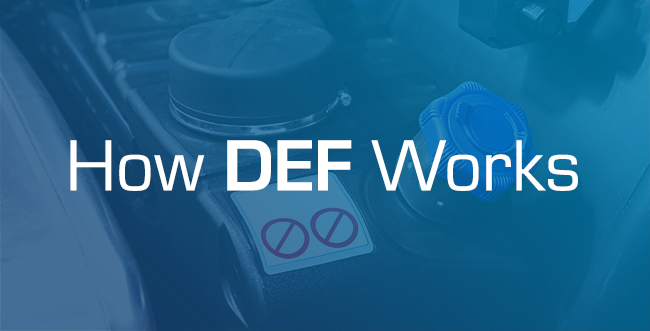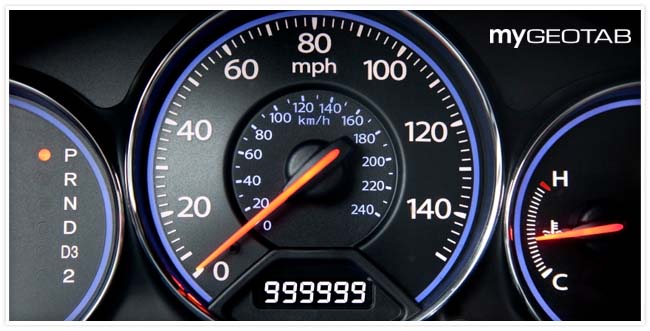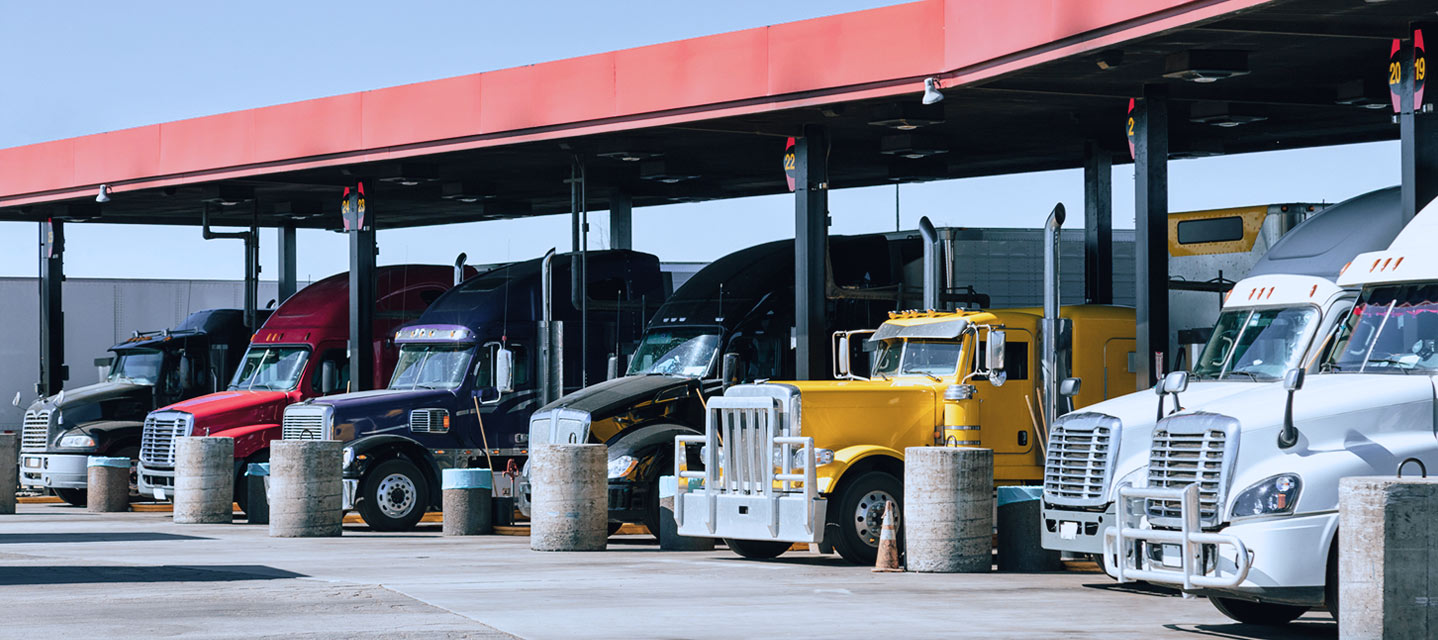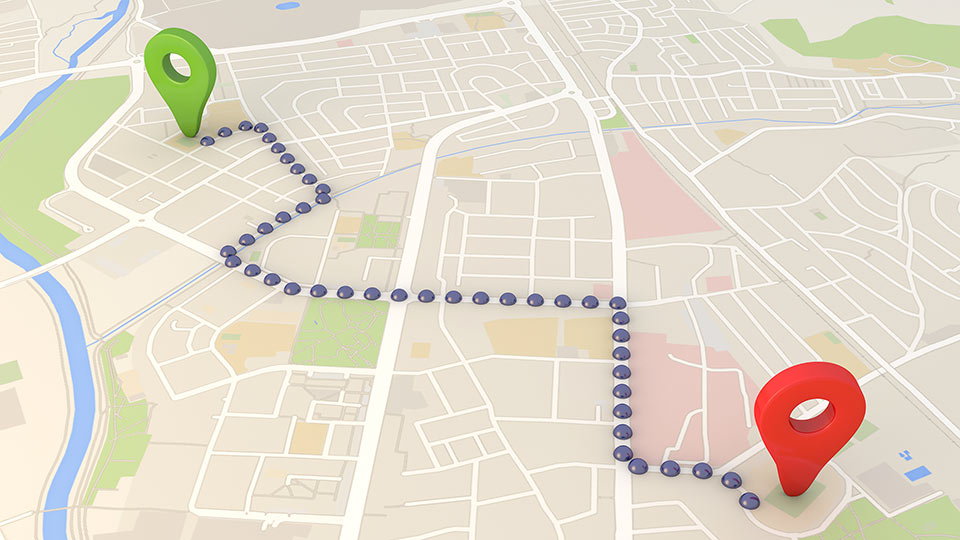Cost of ownership: Consumer vs. enterprise devices
GPS tracking technology has become a key performance tool for measuring and managing fleets around the world.
By Geotab Team
Jan 12, 2015
Updated: Mar 8, 2023

GPS tracking technology has become a key performance tool for measuring and managing fleets around the world. However, resources, productivity, and organizational competitive advantages can be put at risk when wrong solutions are selected and when the right goals have not been identified. This then begs the question: How do you avoid choosing the wrong technology? It starts with knowing the total cost of ownership and differences between consumer versus enterprise grade device technology.
What is Total Cost of Ownership (TCO)?
The TCO is a financial estimate that helps both purchasers and owners determine the direct and indirect costs of a product or system, on a short term and long term basis.
Fixed expenses include:
- Administrative overhead
- Overhead for fleet management
- License and taxes
- Cost of money and interest
- Depreciation
- Insurance
Operating expenses include:
- Maintenance and repairs
- Fuel & oil
- Tires
Incidental expenses include:
- Parking & tolls
- Washing
- Miscellaneous
ROI is the other side of the TCO equation – it is the total return on investment, the amount of money the company will save or earn after the TCO has been subtracted. Different technology solutions offer very different ROI for companies based on how they can make companies more efficient and how they can save companies money. Hence, looking at the total cost of ownership and costs on a lifecycle basis help measure overall cost effectiveness.
Consumer vs. Enterprise Grade Devices
Consumer Grade Devices
- Viable low-cost solution
- One size fits all, and an off the shelf solution
- Web and toll free support
Enterprise Grade Devices
- Higher initial investment
- Complete operating system solution
- Support and training for users and in field application
At first glance, consumer devices appear to be low-cost solutions that are quick to purchase and require little training and support. On the other hand, enterprise class devices seem to be higher in cost, customized with added peripherals, and involve greater training and support for employees. However, if we review the TCO in relation to each type of device, we can see where the savings and cost drivers are. It is important to directly relate to an enterprise’s asset and/or related systems total costs, thus giving a more complete picture of the investment.
What are the TCO factors for each?
Consumer Grade devices
- New versions every year, similar to the cell phone model
- No guarantee for how long your model will be available
- New technology not guaranteed to support backwards compatibility
- Untrained users can not fully utilize new technology effectively or drive savings
- Single-user oriented, limited collaboration and cross over
- Less durability due to lower grade specifications
Enterprise Grade Devices
- New versions are released every 3-5 years
- Devices are designed to support backward compatibility
- Returns and replacement devices are supported with limited down time
- Drivers and users are trained throughout the entire business
- Trained users can drive performance of the device and key cost savings
- Dashboards and interfaces are customized to your business needs
- Durability and ruggedness is designed into the device to reduce repair and replacement
- Most importantly a higher ROI by better improving efficiency and productivity
After reviewing the TCO, it is clear that consumer devices can cost more in the long run with unexpected expenses, additional devices and peripherals, rapid obsolescence, and potential downtime. Changing over your feet regularly means that your trucks are not on the road servicing your customers or making you money. With Enterprise Grade devices, the complete TCO is lower but you are also choosing a partner, and not just a device. Partners will help you select, design and implement your own “perfect fit” solutions, while controlling costs and ensuring security for your business. Choose the right technology by knowing the difference in consumer and enterprise grade devices, analyze your TCO, and select the right partner.
Do you have any TCO questions? Let us know by filling out the form below.
Subscribe to get industry tips and insights
The Geotab Team write about company news.
Table of Contents
Subscribe to get industry tips and insights
Related posts

What is DEF? How diesel exhaust fluid works and why it's essential for fleets
July 16, 2025
5 minute read

Odometer reading: How to check + optimize for smarter fleet management
July 15, 2025
5 minute read

9 strategies to increase fleet fuel efficiency and lower fuel costs
July 8, 2025
4 minute read

Creating a fleet safety culture that’s built to last: Lessons from Missouri DOT and NYC
July 7, 2025
8 minute read

